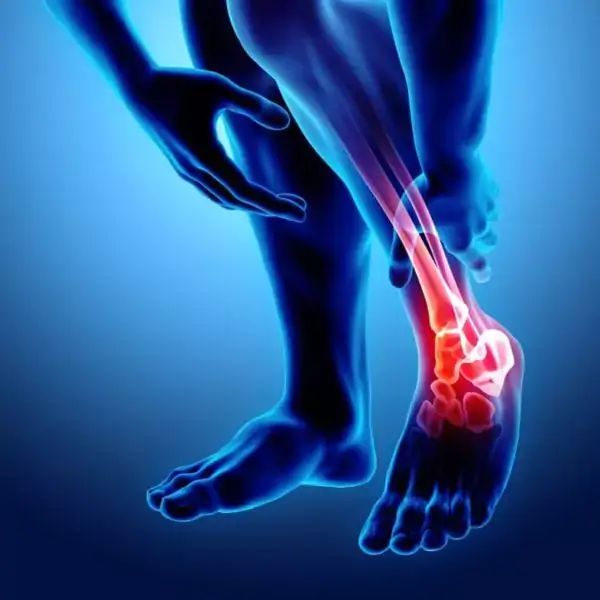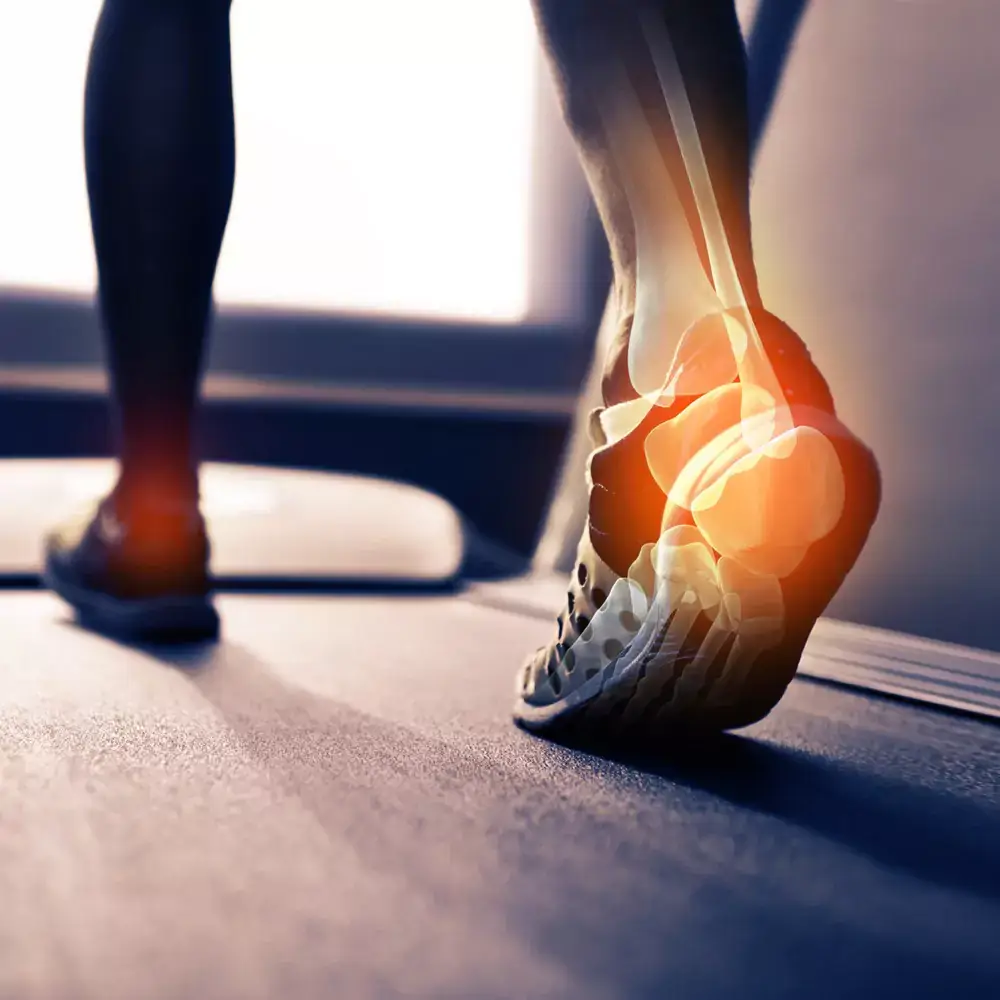FOOT AND ANKLE
BEST FOOT AND ANKLE SPECIALIST IN CHANDIGARH- DR. VIKAS MEHRA
Dr. Vikas Mehra is the top foot and ankle surgeon in Chandigarh. He practices in Chandigarh, India, and has an experience of more than 30 years in the specialty. He specializes in complicated foot and ankle surgery as well as trauma surgery. Aside from surgical skills, he also specializes in 2D motion gait analysis, which involves analyzing walking and running patterns using cutting-edge technology.
So far, he has been able to help many runners and seasoned athletes with their performance. Dr. Vikas Mehra performs diabetic foot profiling and treatment at Chandigarh. The primary goal of this profiling is to prevent diabetic foot complications by detecting impending damage at an early stage.


WHAT ARE THE DIFFERENT TYPES OF FOOT& ANKLE SURGERY?
- Achilles Tendonitis.
- Medial Tibial Stress Syndrome.
- Foot Joint Arthritis.
- Mortons Neuroma.
- Posterior tibial Tendonitis.
- Hallux Valgus/bunion.
- Plantar fasciitis.
- Turf Toe
- Diabetic Foot/Neuropathy.
- Corns And Calluses.
- Hammer, Claw, and Mallet Toes.
- Flat Foot
- Metatarsalgia
- High Arch Foot
- Fractures, Sprains & Dislocation
FOOT AND ANKLE FRACTURE CAUSES
The structure of the foot and ankle contains many bones intricately working together, and if just one of these bones is fractured, it can cause extreme pain and greatly impair mobility. If you have suffered a foot and ankle fracture, you should seek treatment right away to ensure a full recovery and restore function as soon as possible.
If the bones, ligaments, and tendons in your foot and ankle are weak, you are more likely to fracture. Fractures occur as a result of bone trauma. Trauma may include:
- Maintain your foot and ankle slightly elevated above the level of your heart. In order to reduce inflammation, roll the ankle in or out or twist it from side to side.
- Over-flexing or over-extending the joint
- Applying large amount force to the ankle or foot (i.e., jumping down forcefully)
- Blunt force (a large size object falling on the foot or ankle, or a hard fall)
FOOT AND ANKLE FRACTURE SYMPTOMS
If you’re experiencing any of the following symptoms, you must get checked by your doctor to determine if you have a fracture:
- Throbbing pain
- Pain is Increasing during activity and decreased during rest
- Bruising
- Inflammation, redness, and tenderness
- A deformity of the bone in the foot and ankle
- Difficulty walking
- Difficulty bearing weight
HOW TO DIAGNOSE FOOT AND ANKLE FRACTURES
To diagnose a fracture ankle treatment, you should be seen by an orthopedic specialist to assess the injury’s severity and determine a treatment plan. Tests will likely be ordered, which may include:
- Musculoskeletal ultrasound
- MRI
- CT scans
- Weight-bearing CT scan
There are several types of fractures:
- Comminuted fracture: The bone has been broken into more than two pieces.
- Extra-articular fracture: The break does not go into the joint.
- Intra-articular fracture: Fracture extends into the joint.
- Open fracture: The skin is broken due to the fractured bone.
FOOT AND ANKLE FRACTURE TREATMENT OPTIONS
Non-surgical treatment may be able to heal a mild fracture that is not displaced (meaning the bone has not shifted out of place). We typically use the RICE protocol to treat foot and ankle treatment without surgery:
- Rest: Rest is essential. Staying away from your injury will allow you to heal faster. You will most likely need to wear a cast to keep your foot and ankle immobilized.
- Ice: Ice the affected area for 20 minutes to reduce swelling and inflammation. Icing should be done every 40 minutes.
- Compression: Wrapping the injury reduces swelling.
- Elevation: To help reduce inflammation, raise your foot and ankle slightly above the level of your heart.
FOOT AND ANKLE FRACTURE SURGERY RECOVERY
Depending on the severity of your foot and ankle fracture, you could be out of commission for several weeks to months. Speak with your doctor about your chances of recovery.
Healing takes time, and taking it easy is important even after the pain wears off. When it comes to resuming normal activity, your doctor will most likely advise you to take it slowly. Physical therapy may be important to rebuild strength in healing bones, muscles, ligaments, and tendons. Your doctor will design an individualized recovery plan for you to ensure the best possible outcome and the quickest recovery possible.
